New Acquisition Sheds Light on the Rediscovery of Mendel’s Theory of Hybridity
A recent donation to Villanova’s Distinctive Collections leaves us with more questions than answers about the “rediscovery” of Gregor Mendel OSA‘s theory of hybridity, today called ‘the laws of Mendelian inheritance’ after the Augustinian friar.
Dutch botanist and pioneer of the field of genetics, Hugo de Vries, came across Mendel’s original work on genes published 34 years earlier and hurried to publish his own research findings in the paper, “Sur la loi de disjonction des hybrids,” which first appeared in 1900 in the hefty tome Comptes Rendus Hebdomadaires des Séances de L’Academie des Sciences, now held by Distinctive Collections.
De Vries’ paper, together with two others from the same year by Carl Correns and Erich Tschermak, laid the foundations of the new scientific discipline of genetics.
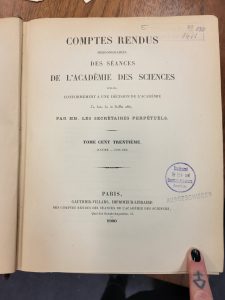
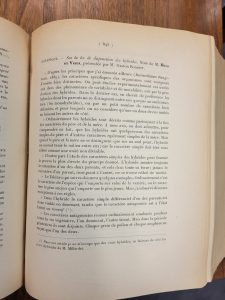
Puzzling Comparisons: The German Paper
De Vries’ French publication appeared just four days later in German as “Das Spaltungsgesetz der Hybride”. The two papers contain identical descriptions, translated from French into German, however the German paper includes three explicit references to Mendel’s work, whereas in the French publication Mendel is noticeably absent.
Intentional Plagiarism or Scientific Similitude?
De Vries is credited with “rediscovering” Gregor Mendel’s principles of biological inheritance in 1900. However, in the original French essay Mendel is not explicitly credited or even mentioned. This was amended by de Vries in his subsequent German paper, published less than a week apart. De Vries claimed that he was unaware of Mendel’s work on hybridization when conducting his own experiments, and that the two scientists, working 50 years apart, had happened to draw the same conclusions.
Did de Vries intentionally exclude Mendel from the original French, only to include him in the German version after realizing that others were aware of Mendel’s discoveries and his obvious influence on de Vries work?
Despite his efforts to separate his own conclusions from those of Mendel years prior, de Vries did indeed help scholars rediscover and credit the important work of Gregor Mendel.
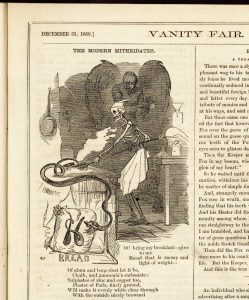
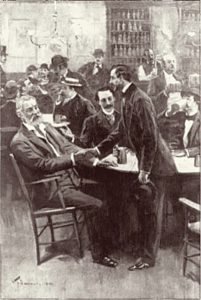







 Last month an anonymous donation of a first edition Defense of Mendel’s principles of heredity, by
Last month an anonymous donation of a first edition Defense of Mendel’s principles of heredity, by  A signature on the front pastedown of this copy reads “J. Aldrich”.
A signature on the front pastedown of this copy reads “J. Aldrich”. 






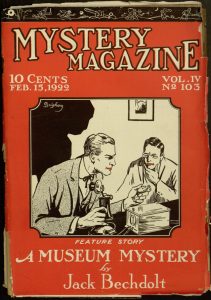
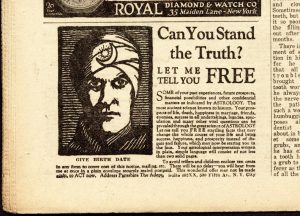
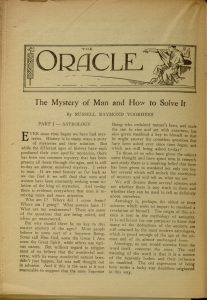
 This second installment of ‘Winged Words’ is brought to you in honor of Women’s History Month. This week’s picks includes selections of Falvey Distinctive Collections materials pertaining to the visual interpretation of the ancient poetess
This second installment of ‘Winged Words’ is brought to you in honor of Women’s History Month. This week’s picks includes selections of Falvey Distinctive Collections materials pertaining to the visual interpretation of the ancient poetess 





